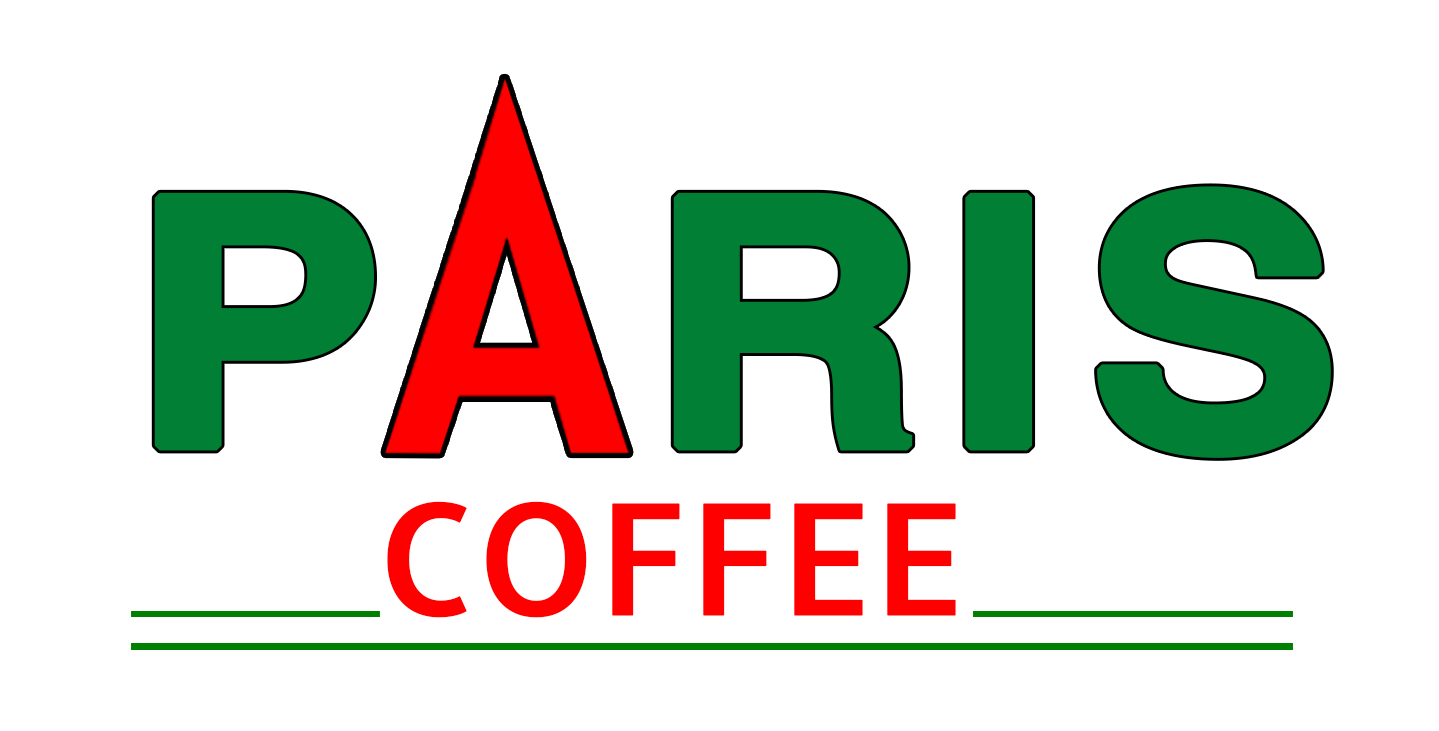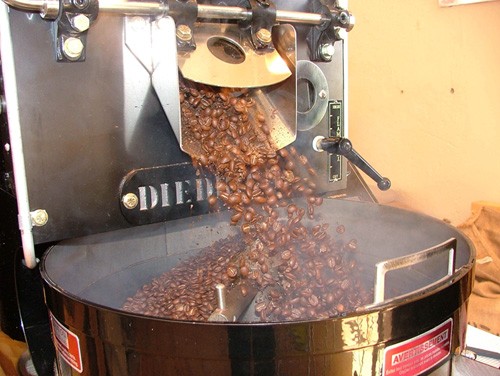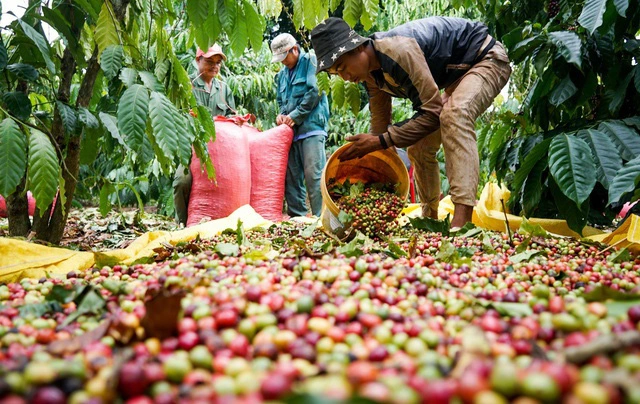Distinguish Real And Fake Coffee
Coffee is a familiar drink for many Vietnamese families. Starting a new day with a cup of coffee seems to be an indispensable habit. However, recently, the news about dirty coffee has confused many families. So you know how to distinguish clean coffee and dirty coffee?
Coffee is a very special bean, and different, it is easy to distinguish pure coffee from fake coffee, real coffee powder from powder of other grains. To ensure your own health and taste, you need to keep in mind a few basic details about the properties of roasted coffee beans that are very different from other roasted beans and their powder:
Before mixing (distinguish powder)
The mass (or volume) of roasted coffee powder is always greater than the weight (or volume) of roasted soybean (soybean) and corn (corn) meal.
Coffee beans have a different feature than other beans that when roasted up to a certain temperature will expand and increase in volume by 1.5-2 times and weight decrease by 20-30%.
Therefore, real coffee powder always has a lower density than other cereal powders and hence the volume (or mass) of 1 kg of coffee powder is always greater than the volume of roasted cereal powder. . Based on this feature you can distinguish right from the start, even without having to open the packaging. If there are conditions to compare, you hold in your hand in 2 bags of 500g, which bag contains coffee, (or does not have a high percentage of coffee powder) will be more full, bigger, and the volume of powder contained inside is more so. we have the impression that the bag of pure coffee is lighter.
Porosity of coffee powder
Visually, pure coffee powder is very light, porous, loose and loose. The flour of other cereal grains is usually sticky, less flaking. If you have 1 bag of pure coffee and a bag of fake coffee, you open 2 bags, take 2 cups of water, scoop 2 tablespoons of powder from 2 bags and pour it on the surface of the water. Pure coffee powder is light porous, has a low density, so it tends to float to the top, while the flour of other grains has a higher density, so it sinks faster.
In addition, roasted coffee beans are very brittle, have a uniform cellulose fiber structure, are easy to break and break evenly in the mill, so the ground coffee powder has a relatively uniform porosity and smoothness. In contrast, beans and popcorn, when ground, have uneven fineness, so they do not have the same porosity as pure coffee powder.
Moisture of coffee powder
Real coffee powder is less hydrated, the moisture content of real coffee beans after roasting is quite low. Flour of other grains usually holds water and has a higher moisture content. Moreover, because peas and corn do not have an aroma, so when the manufacturer mixes these nuts into the coffee beans, it will definitely do an accompanying action, which is chemical spraying, synthetic coffee flavoring, artificial before grinding into powder.
Therefore, the mixed coffee powder, which is not pure, looks wet and even clumps when impregnated with a lot of color caramel, which is different from real coffee powder, which is very dry and spongy.
Color of coffee powder
When roasted to the right temperature and time…the coffee powder is dark brown in color. (If roasted coffee beans have not reached the first explosion temperature and time, the powder will have a bright yellow color, sour taste, and strong smell). Popcorn seeds for filling in coffee are usually dark black. So in coffee making people simply call popcorn “color”.
Due to consumer habits that require coffee cups to be black, “colors” (besides caramel and chemical coloring agents) are used to dye coffee cups. On the other hand, the beans of roasted and ground soybeans are dark brown, opaque yellow, completely unlike the dark brown color of real coffee powder. If you see the flour in 1 bag has a dark brown to yellow color, the volume is small, but the hand is heavy, the percentage of beans is high. The powder is black in color and the volume is also small because it contains a lot of corn.
The smell of coffee powder
If familiar, it is not difficult for you to recognize the very pleasant, attractive and very characteristic aroma of real coffee powder. Many people are still confused and appreciate the smell of chemical flavorings impregnated with beans and corn because they rarely have the opportunity to smell pure ground coffee. Corn and beans also have a slightly fishy smell, according to the senses, if a little subtle, you can notice when smelling. Soybean powder has a strong smell, mixed with aromatherapy, giving off a heavy aroma, not as gentle as the original smell of roasted coffee.
Distinguish when brewing (recognize the state of real coffee powder when it encounters boiling water)
This is the point that you can easily recognize to accurately distinguish pure coffee from powdered or powdered coffee of other grains. As noted, because coffee beans are composed of celluose fiber structure and contain very little starch, the special property of roasted coffee powder is very porous, and contains many air cavities inside due to its structure. high molecular weight, cellulose fibers are broken under the impact of heat during roasting…
When you put boiling water at 100 degrees Celsius into the filter containing real coffee, the coffee powder will immediately swell, effervescent, and even spill out of the filter. If after adding a few tablespoons of powder (about 20-25g) into the filter, you add boiling water and see that the powder in the filter does not swell, on the contrary, it flattens, collapses and stinks.



